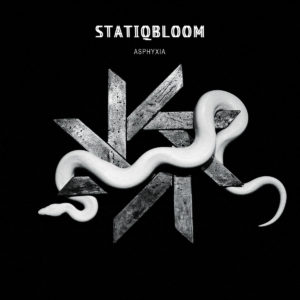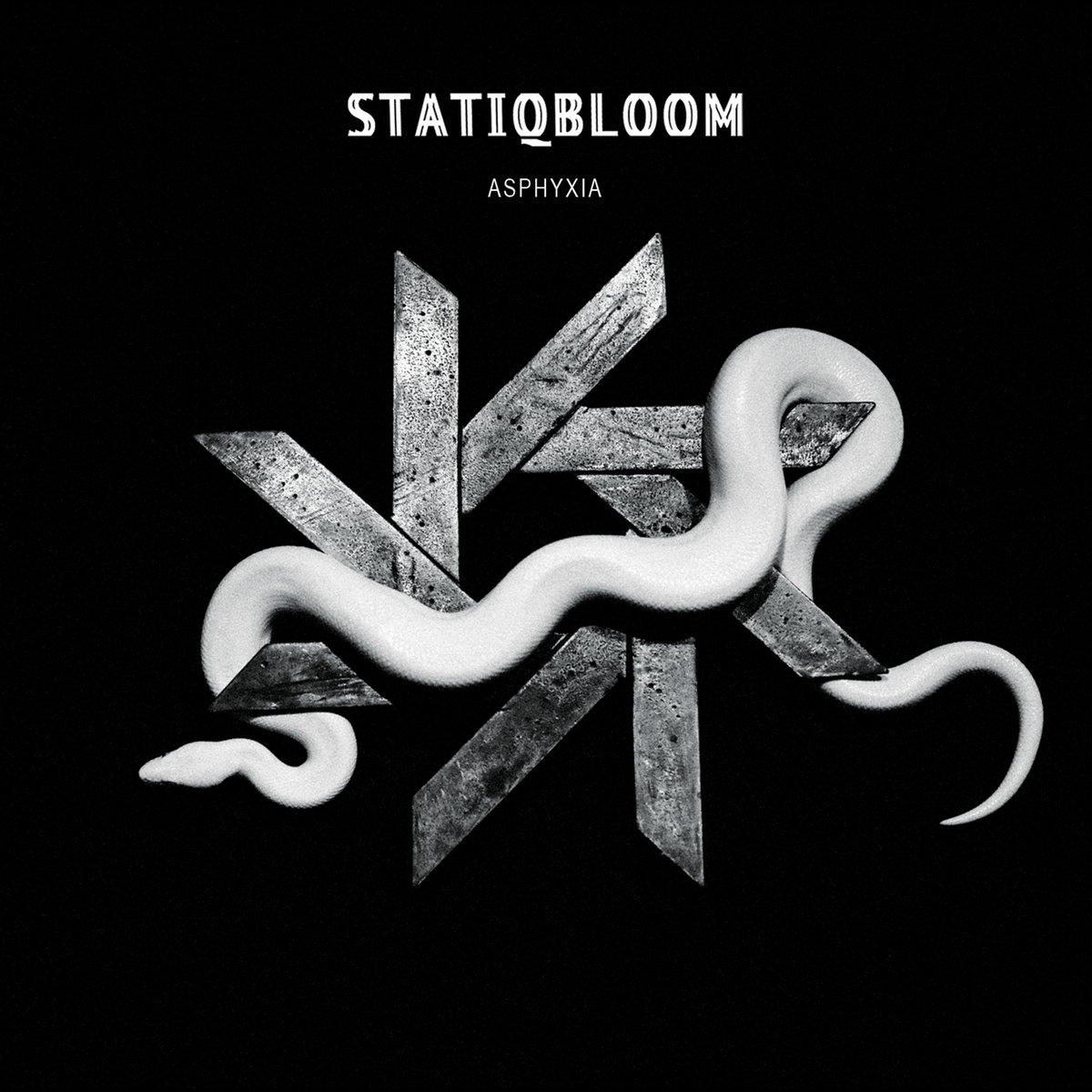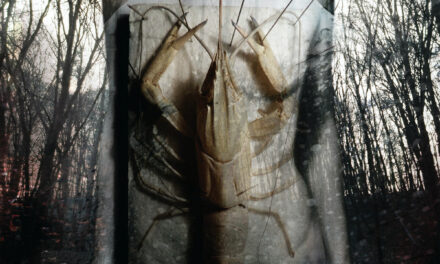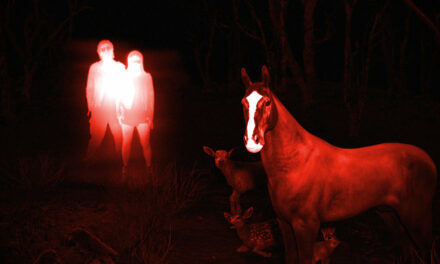
Statiqbloom
Asphyxia
Metropolis
On last year’s Infinite Spectre Statiqbloom’s Fade Kainer and his new bandmate Denman C Anderson put together a suite of songs that spoke both to the hazy psychedelic murk of classic post-industrial, and that same genre’s penchant for austere and bleak electronic minimalism. While earlier LPs have definitely favoured the former sound overall, new record Asphyxia carves away textural and compositional excess, leaving behind bare sinew and bone. There’s little room for error in songs this stark and devoid of cover, but the band stick the landing, crafting full-on ambience from that same musical desolation.
The stripped down design of Asphyxia assigns a lot of the record’s heavy lifting to the rhythm programming, and that alone is enough to push the band into some new territory. The simple spiral staircase keys of “Painted Red” put its sharp and speedy drumming – of a tempo Statiqbloom rarely reach – into sharper relief. It has plenty of the dreamy, hypnotic mood we’ve come to crave from them, but it rolls past its own pads and samples with such celerity you want to call it “nimble”, an adjective that’s rarely attached to such a heavy and oppressive act.
Calling Asphyxia the most minimalist Statiqbloom release to date isn’t to imply it makes any trade-offs in terms of intensity, anger, or even the distorted, disorienting clusters of noise the project has deployed to unnerve since day one. Opener “Ceaseless” reaffirms Statiqbloom’s arresting brutality, with Kainer’s screams threading their way through a jungle of echoing, steely kicks in a manner which distinctly brings ViVIsectVI to mind. And despite the heavy focus on rhythm, they haven’t totally jetissoned what’s worked so well for them in the past. The heavily adorned, ritualistic stomp and murk of “Eight Hearts Eight Spikes” uses swampy, miasmic production to ratchet up the dread, while “Figure Behind The Door” splits the difference, pairing a deft glass chime lead with some of the most scraping and lo-fi noise we’ve ever heard from the band.
By the time you’ve gotten to the unnervingly sparse closing track “Descent” – a song that achieves slowly dawning horror through processing of monotone vocals and rhythmic restraint – it’s clear that this is Statiqbloom’s most accomplished release. Kainer and Anderson have essentially skeletonized their music on Asphyxia, a gambit that lays bare the quality of their songs, and makes a virtue of stark austerity. Statiqbloom have always been good at being grim, but never before has their brand of industrial been so musically, atmospherically, and thematically aligned in asperity. Highly recommended.





